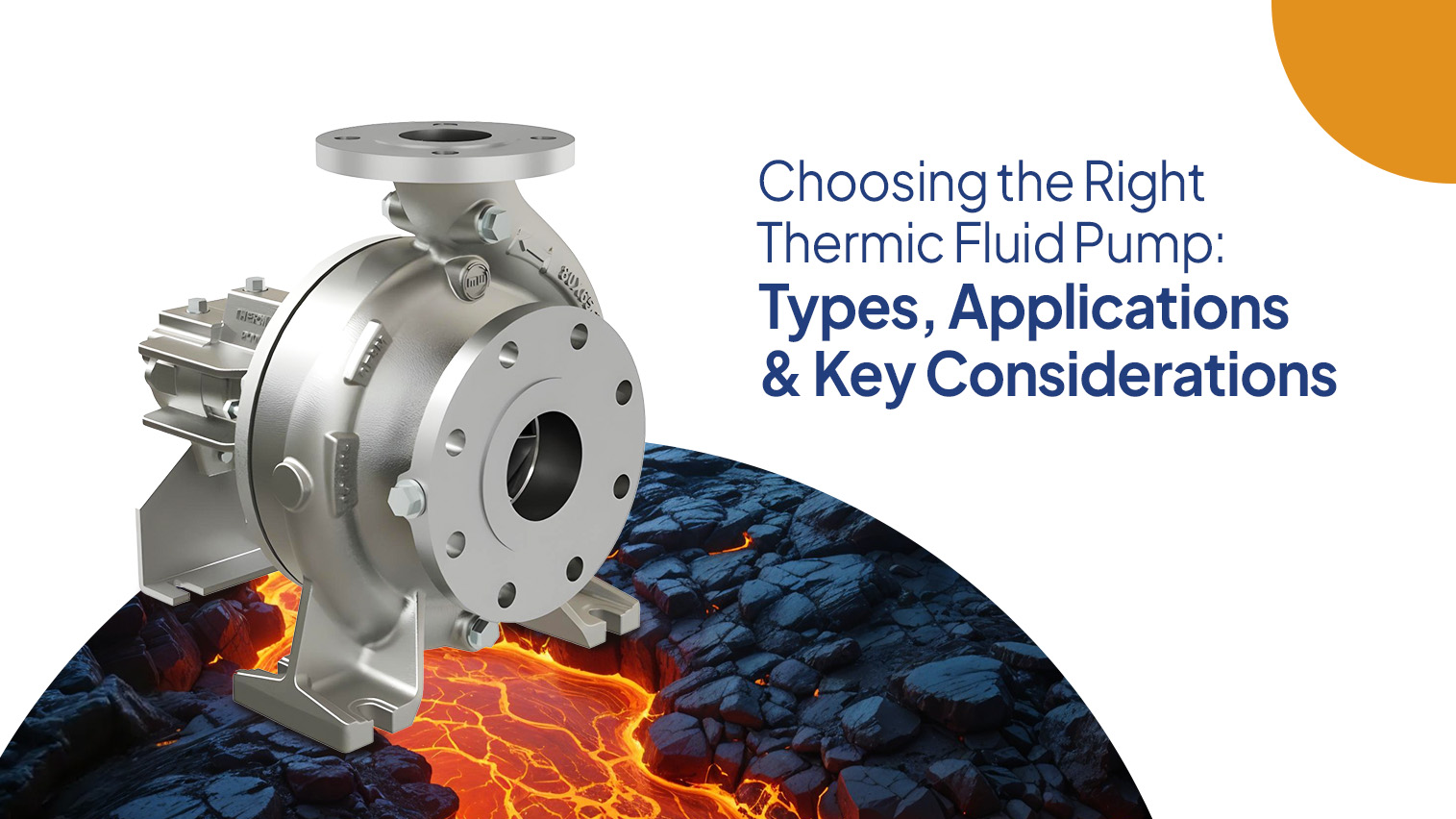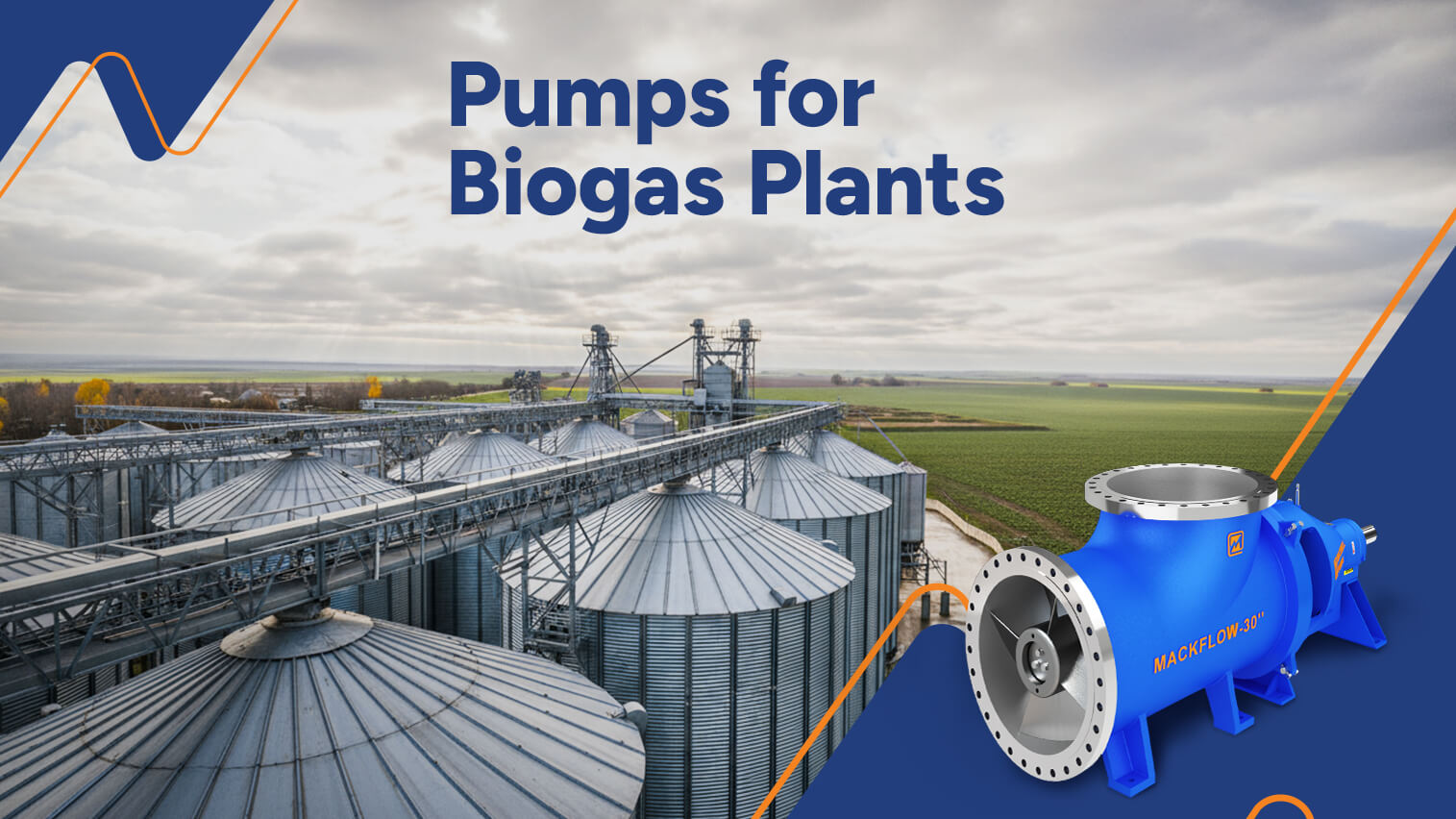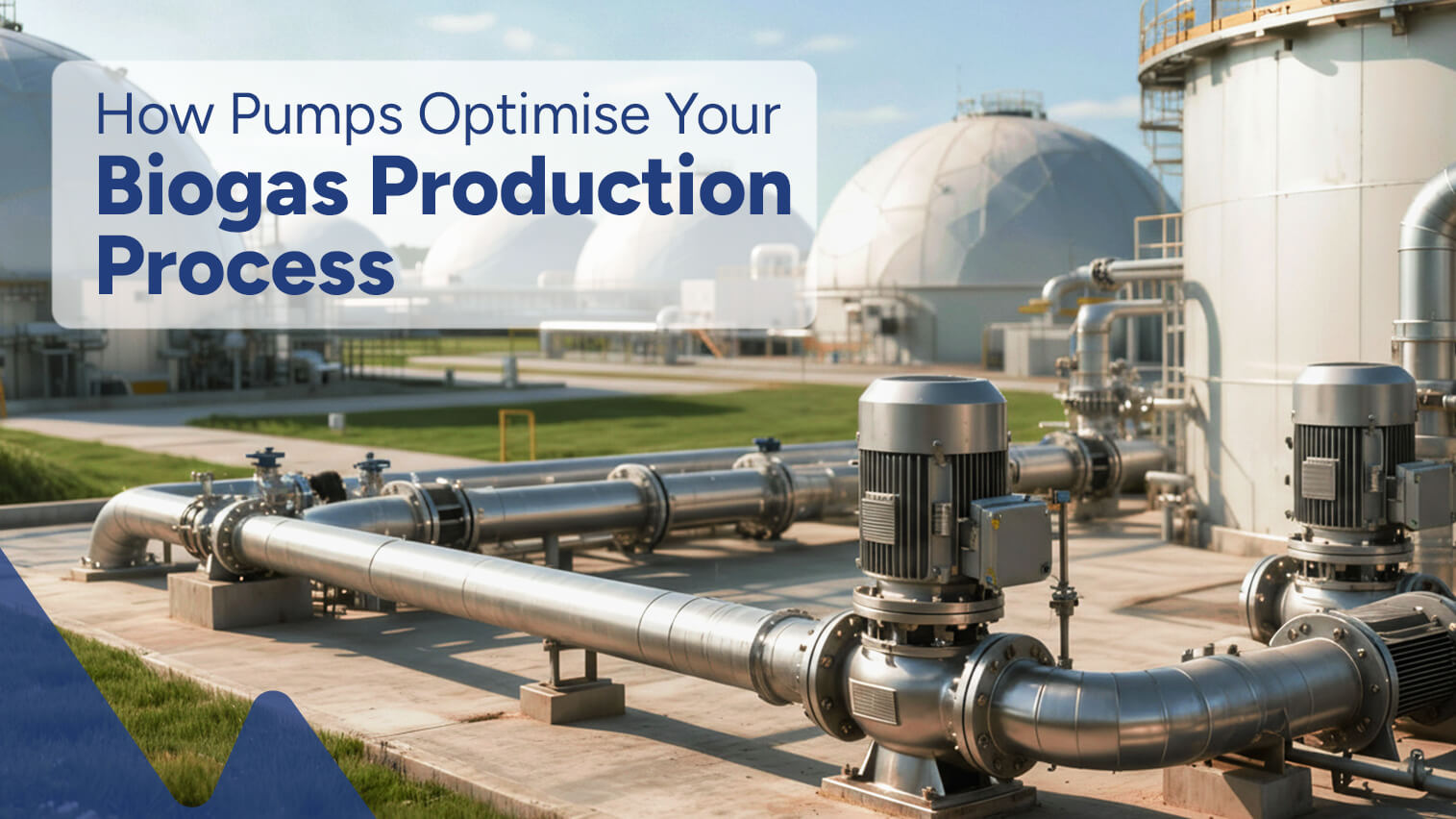Choosing the Right Thermic Fluid Pump: Types, Applications & Key Considerations

So, you are after the perfect thermic fluid pump. This is not surprising. Whether heating reactors in a chemical plant or running high-temperature systems in a food unit, your choice of a pump will go a long way in determining how well things run and how long this status quo remains.
Let us do this together. We will see what drives these pumps, which types work better at different points, and finally, buying that saves money and time.
What’s a Thermic Fluid Pump, Anyway?
Think of it as the lifeblood of your heating system. It moves heat transfer fluids like mineral oil or synthetic mixtures through tools requiring a constant, controlled heat supply. Made to withstand high temperatures without breaking a sweat over 300°C sometimes. So, making the right choice? It’s essential.
Why Material Selection Is a Game-Changer
However, before we delve into the types of pumps available, we must discuss the materials used. Different pumps have different materials, and fluids are not similar either. It is for this reason that material makes all the difference.
- Handles hotness: Materials like titanium and stainless steel can withstand heat.
- Protects against rusting: In case your fluid has chemical reactivity, you’ll need a corrosion-resistant inner material.
- Lasts longer: The better the quality of the material, the fewer instances of system breakdowns, maintenance calls, and uptime.
Now comes an interesting part. Mackwell’s THERMACK series has some features:
- Handles temperatures from -50°C to +350°C
- No need for external cooling
- It has internal vents that keep bearings cool
- Flow rates up to 754 m3/h and 102 m head.
On these grounds, it ticks all the boxes when you require performance, safety, and upkeep.
Types of Thermic Fluid Pumps (And Where They Shine)
The right pump for thermic fluid will depend on its functions and temperature considerations. Let us break this down:
1) Centrifugal Thermic Fluid Pumps
- How does it work? It uses impeller rotation to move the liquid around it internally.
- Best for? These are ideal pumps for continuous large volume circulation in plants.
- Why choose this one? No doubt about its efficiency in energy consumption plus ease of maintenance.
2) Vertical Inline Pumps
- How does it operate? Vertical design saves space with inline suction and discharge.
- Best for? This is highly recommended for compact plant layouts in which space is limited.
- Why Choose It? It’s small and saves plumbing costs.
3) Multistage Pumps
- Multiple impellers stacked for high-pressure delivery is how it works.
- Systems with long pipelines or vertical lifts are best suited for it.
- Handles pressure like a champ should be your main reason for using this type of pump.
4) Gear Pumps
- Two gears push fluid through in a steady flow, which is how it works.
- High-viscosity thermic fluids or tight flow control applications favour this pump.
- Great for precision and thicker fluids, you should choose them over other types of pumps.
Where Are Thermic Fluid Pumps Used?
Fast forward to places where the stakes and temperatures are high:
- Chemical plants – Heating reactors and distillation columns.
- Textile industry – Dyeing and finishing processes.
- Food & beverage – Baking ovens, fryers, and heat exchangers.
- Pharmaceuticals – Clean, temperature-sensitive heating systems.
- Oil & gas – Circulate heat in refineries and offshore units.
What Should You Consider Before Buying One?
Let’s keep this simple. Here’s your checklist:
1) Operating Temperature
Make sure the pump materials and seals can handle the maximum system temp. Some fluids get up to 350°C!
2) Fluid Compatibility
Is the fluid synthetic, mineral, or something else? Double-check chemical resistance.
3) Flow Rate & Pressure
An inadequate flow rate may cause the formation of hotspots, whereas excess capacity can lead to energy wastage.
4) Pump Material
Stainless steel, high-grade alloys or titanium should be used for durability over the long term.
5) Energy Efficiency
Pumps that have smooth internal surfaces or wear-resistant coatings help reduce friction losses.
6) Maintenance & Downtime
Look for designs that permit easy seal replacement and have minimum wear on moving parts.
7) Installation Environment
For outdoor applications, choose weatherproof designs. Vertical inline is a better choice if there is limited space available.
8) Total Cost of Ownership
Do not just focus on price. Think about long-term energy use, repairs, replacement intervals, and downtime periods.
Tips to Maximize Lifespan (And Keep Costs Down)
Let’s face it – these pumps are not cheap. However, wise initial decisions can result in substantial savings later on.
- Opt for wear-resistant materials such as ceramics or alloys when dealing with an abrasive system.
- If your medium is corrosive, select corrosive-resistant alternatives.
- Mechanical seals can eliminate leakage and contamination.
- Choose thermally stable configurations that do not warp or degrade under intense heat.
Working with experienced thermic fluid pump suppliers who understand your industry and offer after-sales support is always smart. Don’t just buy a pump—purchase confidence.
Final Thoughts
The right thermic fluid pump is an important choice for your business. Choose well, and you’ll have a smoother running system, lower energy bills and reduced downtime.
Now, it’s time to go one step further. The correct pump determines whether you are starting fresh or upgrading. Need help in selecting the right one? We can help with that. Let us make your system run hotter, safer and longer.





